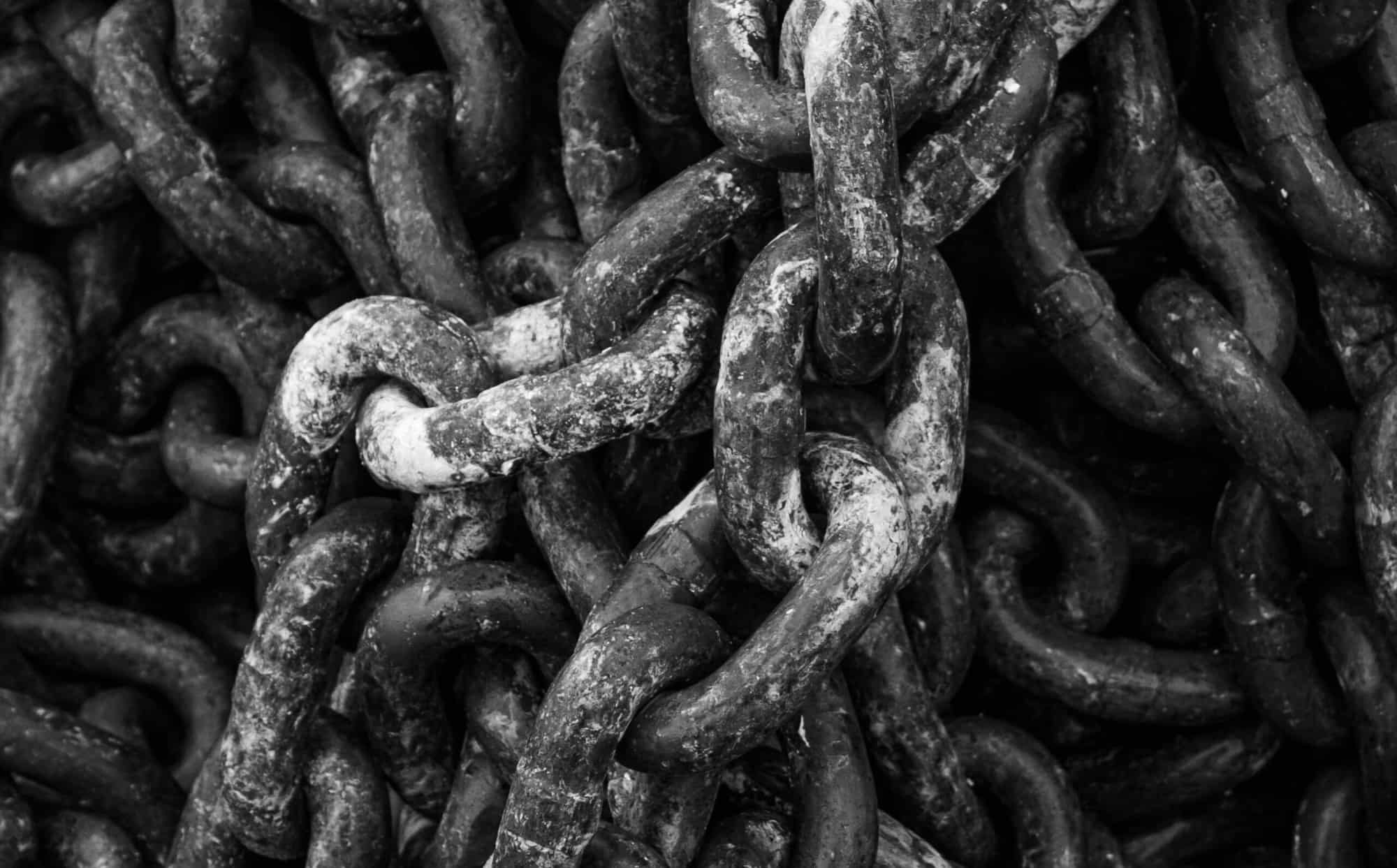You may be about to make a purchase and notice that the $20 note you pulled out of your wallet is torn. But is it legal to use it? And can the cashier refuse to accept it? You have earnt that money and, understandably, you feel like you deserve to spend it. In this article, we’ll discuss the policy surrounding damaged banknotes and when they can be refused.
There is currently no law that prohibits the use of complete banknotes that have damage consisting of wear, tear, staples and marks, which does not impact on their value. However, people are not obliged to accept banknotes that are incomplete or badly damaged. If that is the case, Australia’s central bank, the Reserve Bank of Australia (RBA), has a Damaged Banknote Policy that can help you determine what you should do with them. The Damaged Banknote Policy operates with the principle that Australians should not have to suffer because their banknote was accidentally damaged.
Is It Legal to Use Damaged Banknotes?
There are three types of damaged banknotes:
- Unfit banknotes
- Incomplete banknotes
- Badly damaged/contaminated banknotes
1. Unfit Banknotes
An unfit banknote is one that has become worn or sustained minor damage. For example, it has one or more of the following:
- Tears of any size
- Tape or staples
- Missing pieces that are the size of less than 20% of the banknote
- Graffiti, stains or marks
- Worn ink
- Small holes
- Heat damage that affects less than 20% of the banknote
Generally, unfit banknotes can still be used. The RBA recommends Australian banks (or authorised deposit-taking institutions (ADI’s)) to prevent any unfit banknotes from circulation. This is to ensure Australia’s banknotes maintain a high quality and to assist with detecting counterfeits. Therefore, if you do not feel comfortable using an unfit banknote, you can take it to your bank or another authorised bank in Australia to have it replaced.
For a picture of an unfit banknote, check out the RBA’s website to see if your banknote matches their description.
2. Incomplete Banknotes
An incomplete banknote has a significant piece of it missing. You should take care when accepting incomplete banknotes. You do not have an obligation to accept an incomplete banknote in payment or change. This is because the RBA may not view the banknote to be worth full value depending on whether there are pieces of the banknote missing. The RBA may value each piece separately and then combine them together into an amount that will equal the amount of the original banknote.
If you come into possession of an incomplete banknote, you have two options:
- You can present the incomplete banknote at your bank or the RBA’s Sydney Head Office for its value to be assessed
- You may be able to make a claim at the RBA by completing a damaged banknote claim form. Before you make a claim, you need to understand the RBA’s claim requirements. The RBA’s National Banknote Site (NBS) will assess your banknote and make a decision. If your claim is not processed, the RBA facility may destroy the banknote.
3. Badly damaged/contaminated banknotes
A banknote is badly damaged or contaminated if it has significant or unusual damage. For example:
- Heat damage that affects more than 20 per cent of the banknote or verification of its security features
- Damage that causes you to question its genuineness or doubt its value
- Contamination from substances that prevent handling (e.g. chemicals, blood, etc.)
Badly damaged or contaminated banknotes must be forwarded to the RBA’s NBS for assessment. Similar to the RBA’s claim process for “incomplete” banknotes, the RBA will make a visual assessment of the banknote to determine its value.
The difference is if you have a contaminated banknote, you must place it in a bag containing details of the contaminant written on the outside of the bag when you submit a claim form.
For more information about redeeming damaged banknotes, check out the RBA’s redeeming process.
Deliberate Damage to Banknotes
Damaging banknotes deliberately is a crime under the Crimes (Currency) Act 1981 (Cth). You can only do so with the consent of the Reserve Bank or Treasury. Illegally damaging banknotes includes intentionally:
- Defacing
- Disfiguring
- Mutilating or
- Destroying banknotes
The penalty for any of the above acts is up to two years in prison and/or a large fine that varies depending what state you are in. In NSW, the fine could be up to $5500. Furthermore, it is also illegal to sell any banknotes knowing they were defaced, disfigured or mutilated.
If there are signs the banknotes you sent for a claim have been deliberately damaged, the NBS may ask for more information. Furthermore, the NBS will refuse to process any claims where the damage cannot be reasonably explained.
Conclusion
Next time you make a purchase you may use an unfit banknote or a banknote that is slightly damaged (so long as it is not significantly damaged or contaminated). If you choose not to use that banknote, you can exchange it at your bank or an authorised bank in Australia. However, you should also be aware that it is not unlawful for businesses to refuse banknotes that are incomplete.






